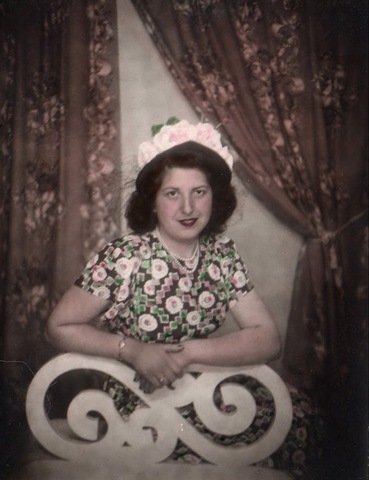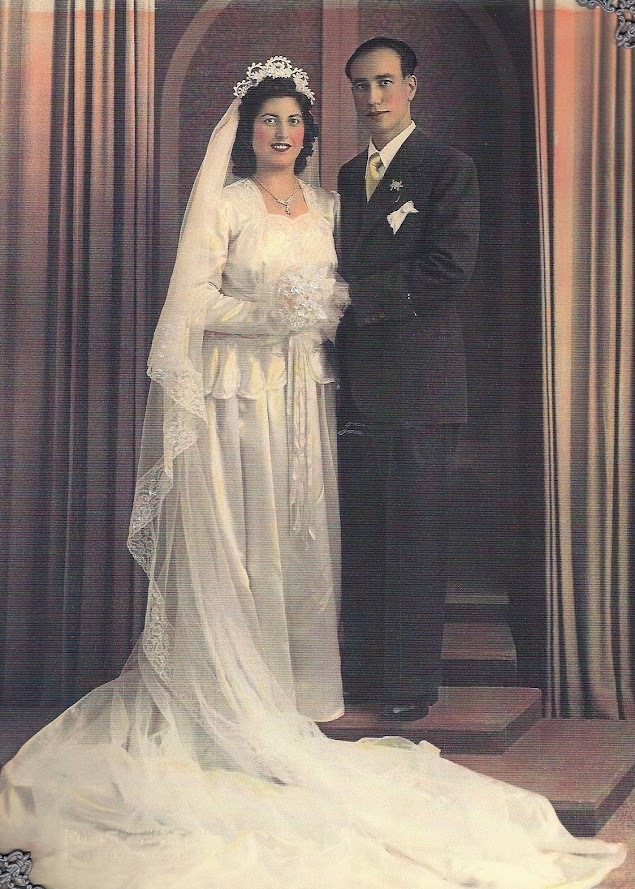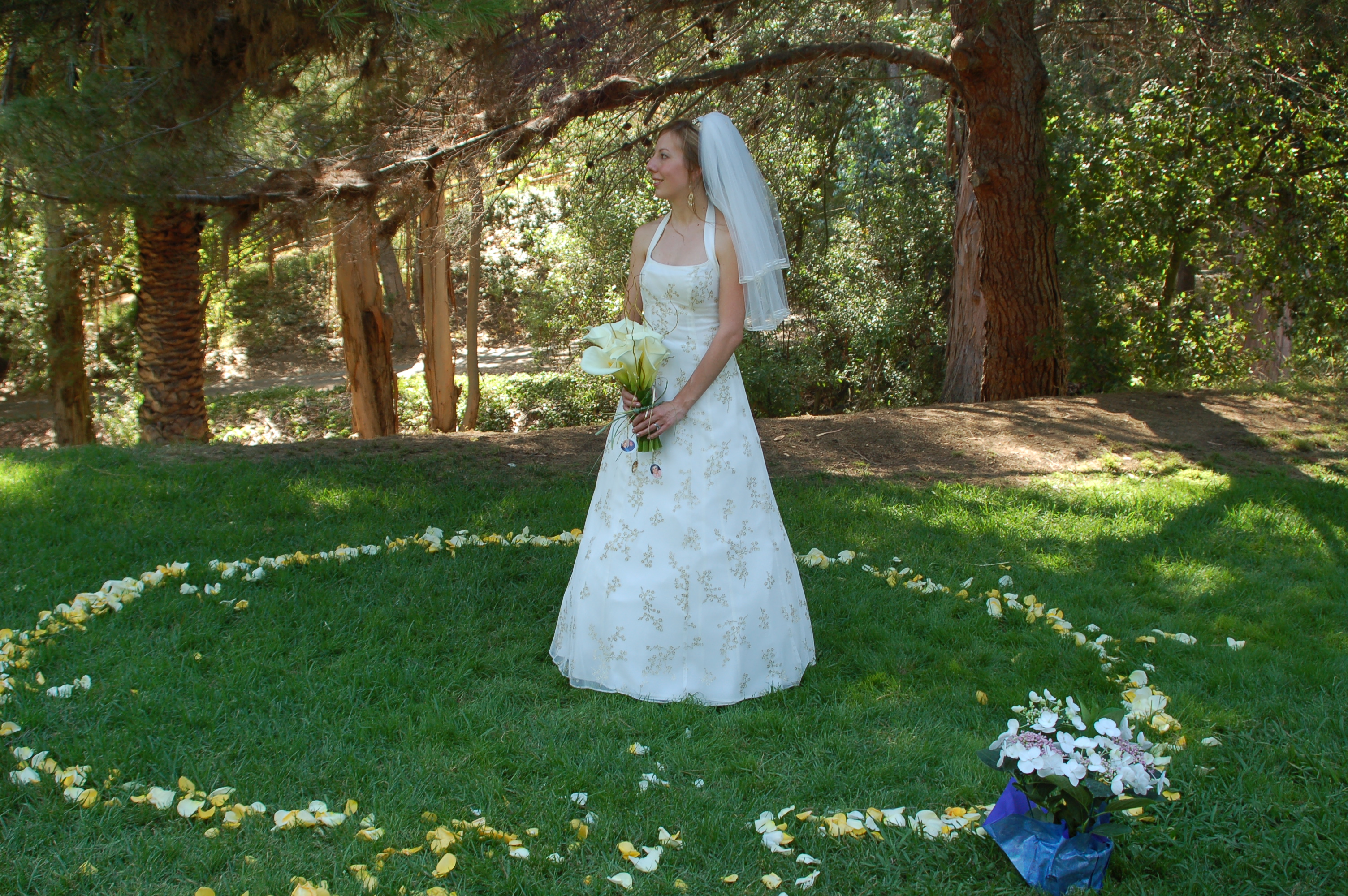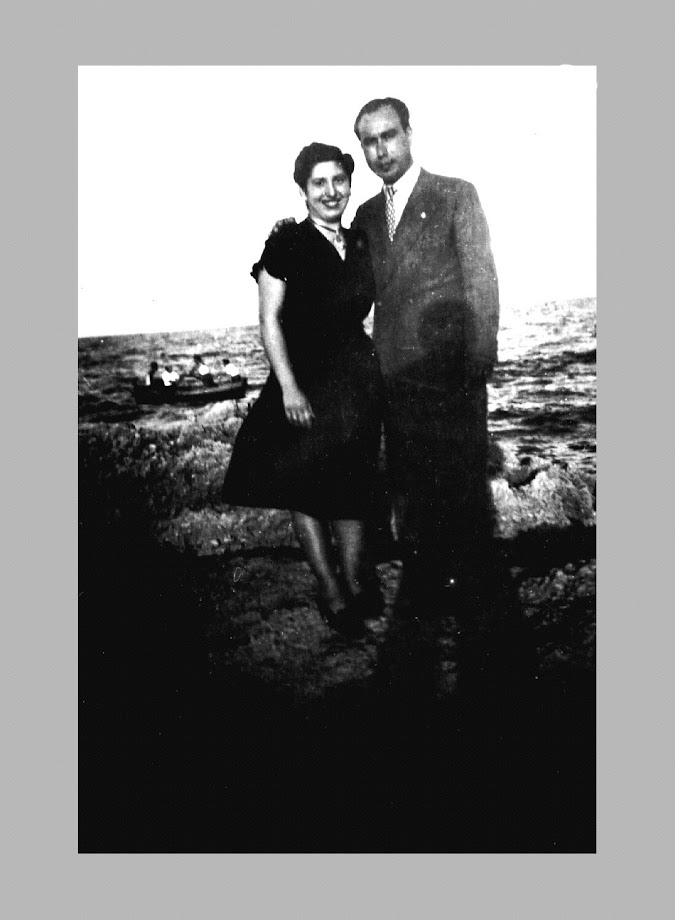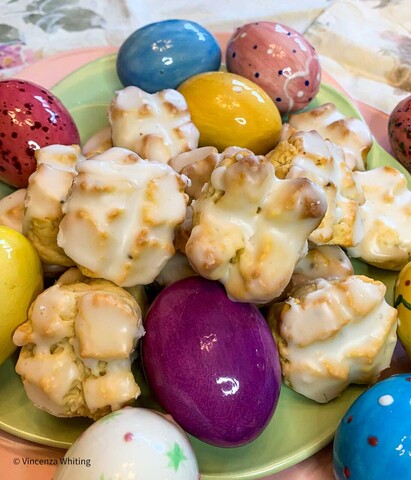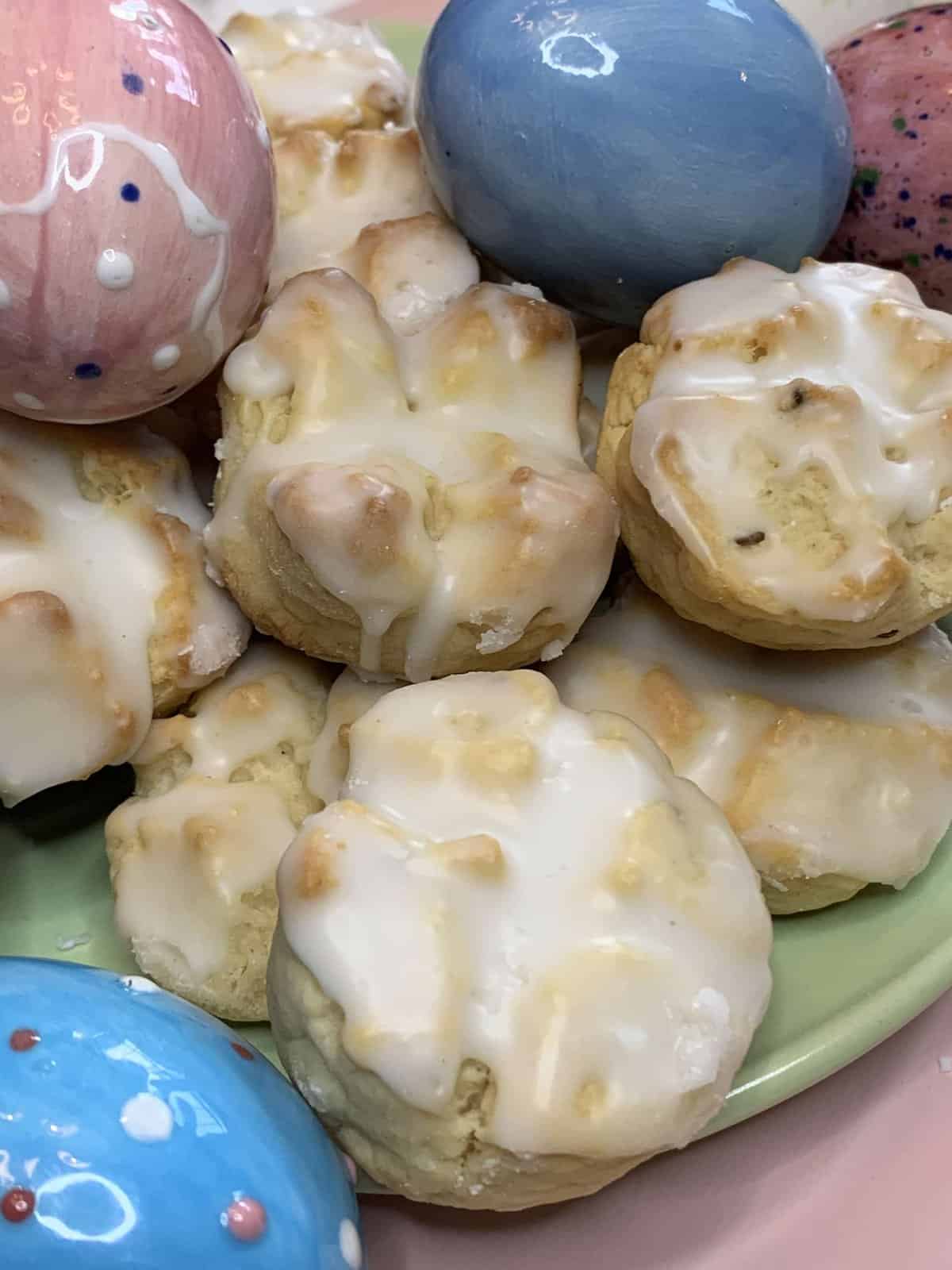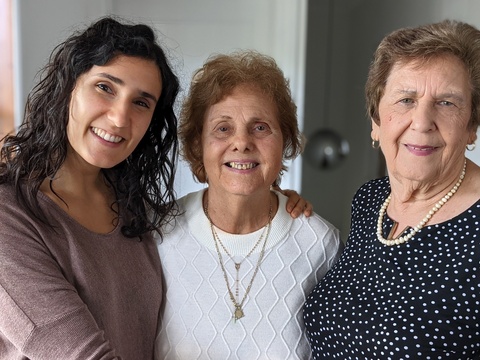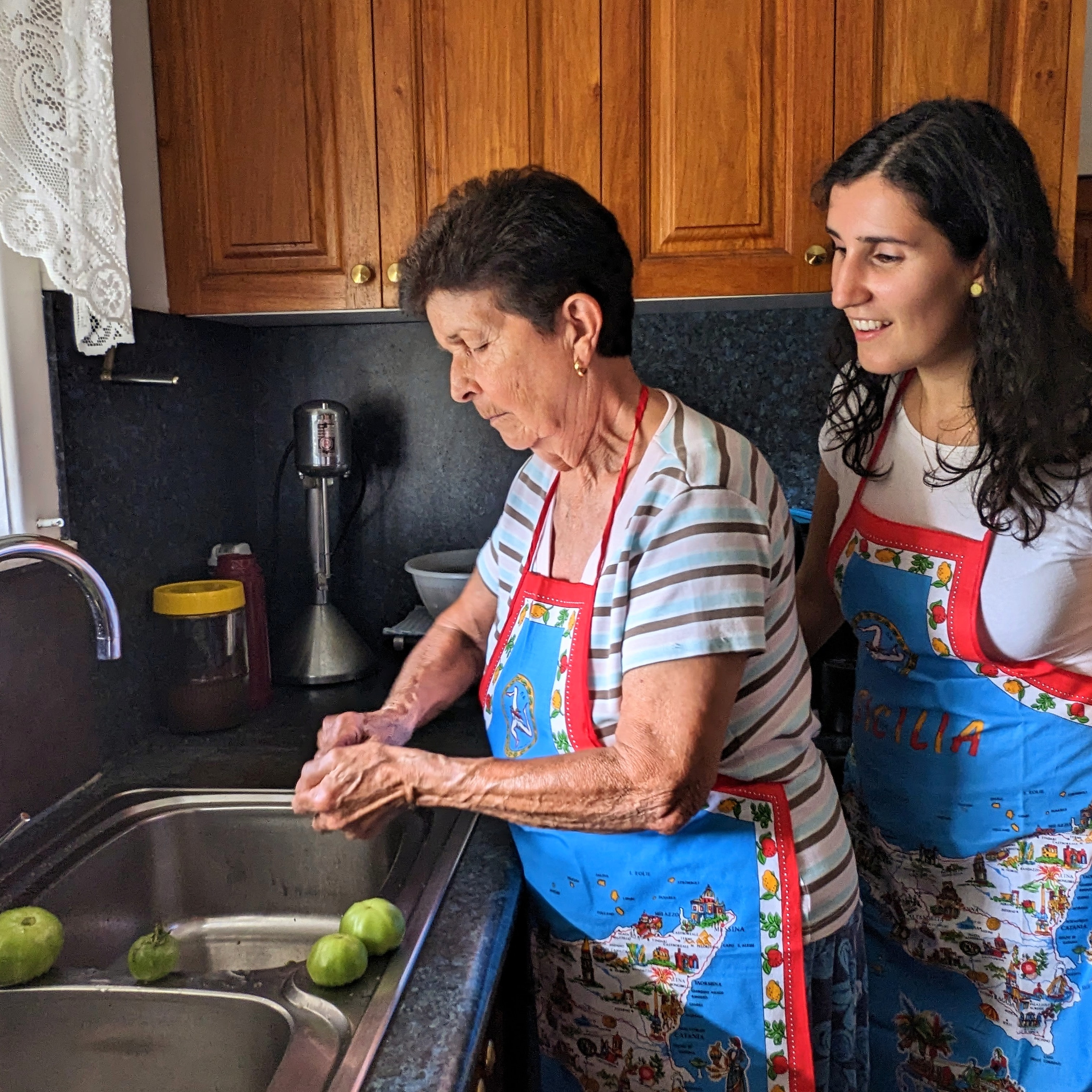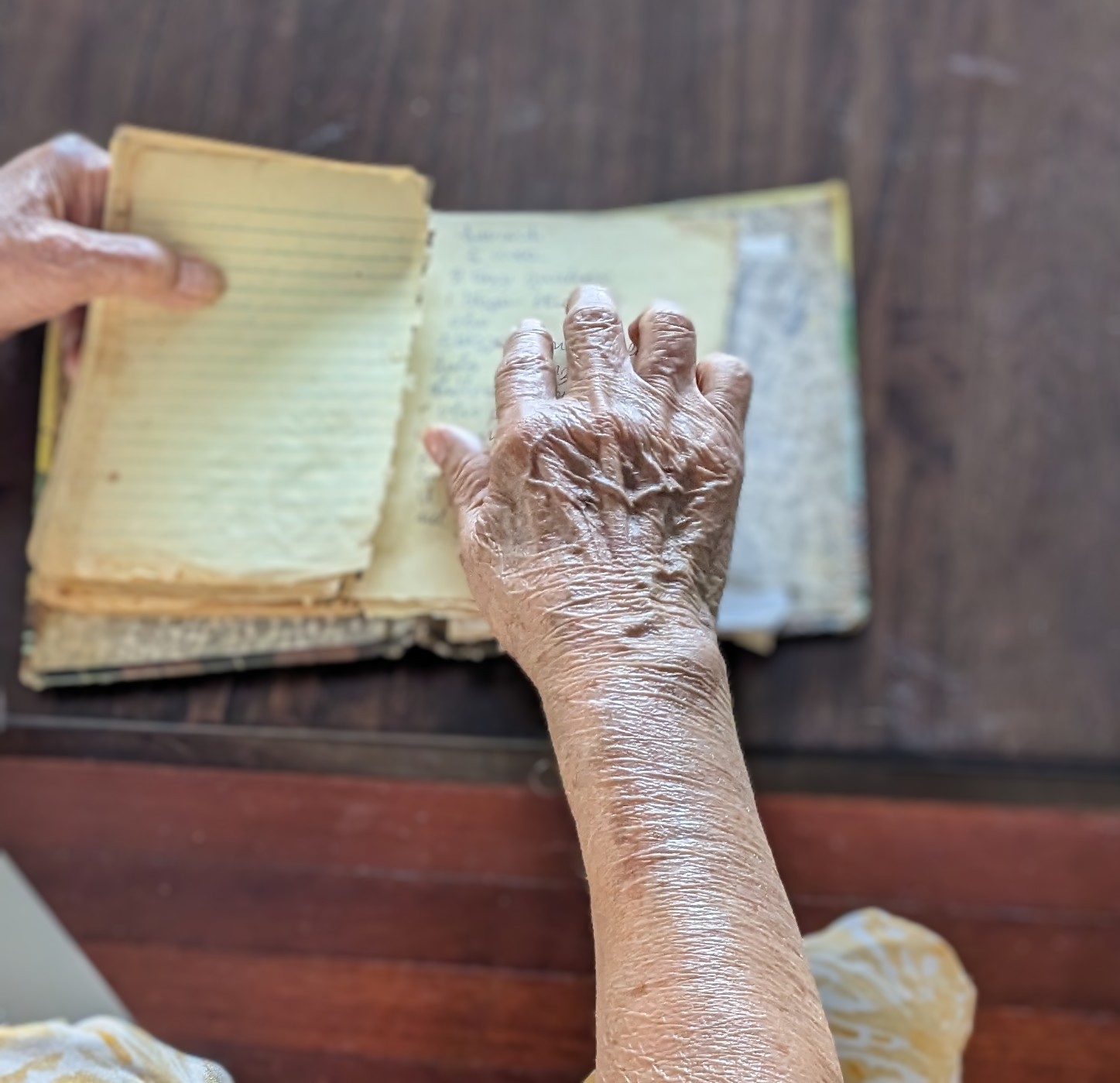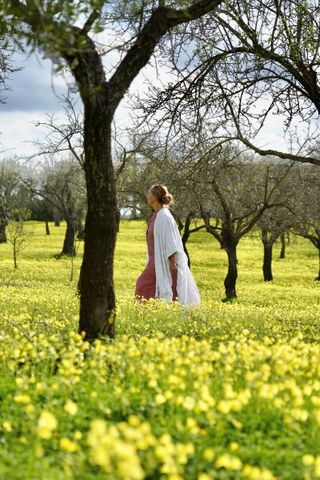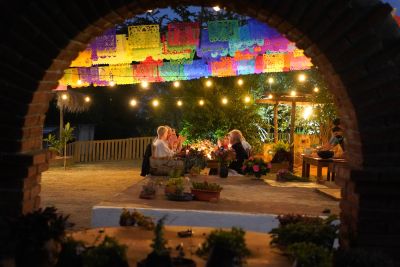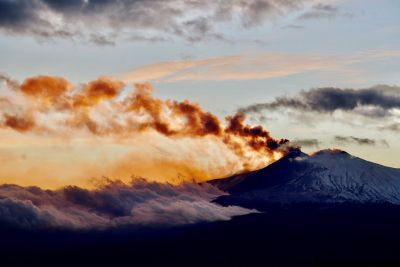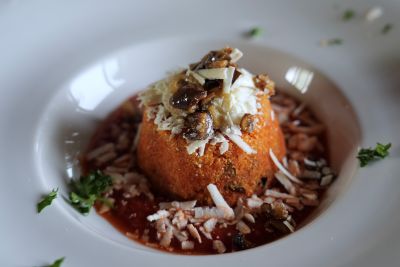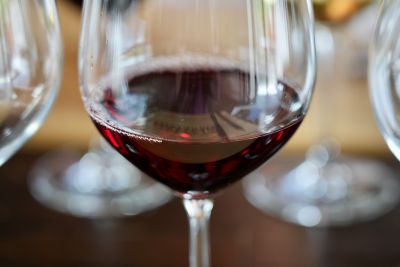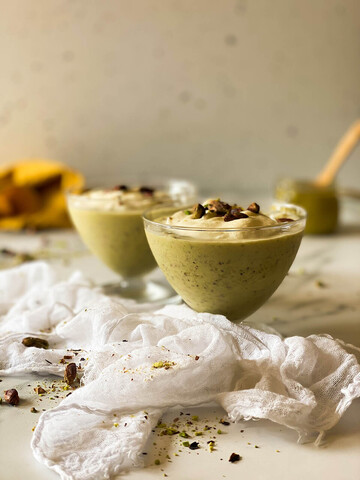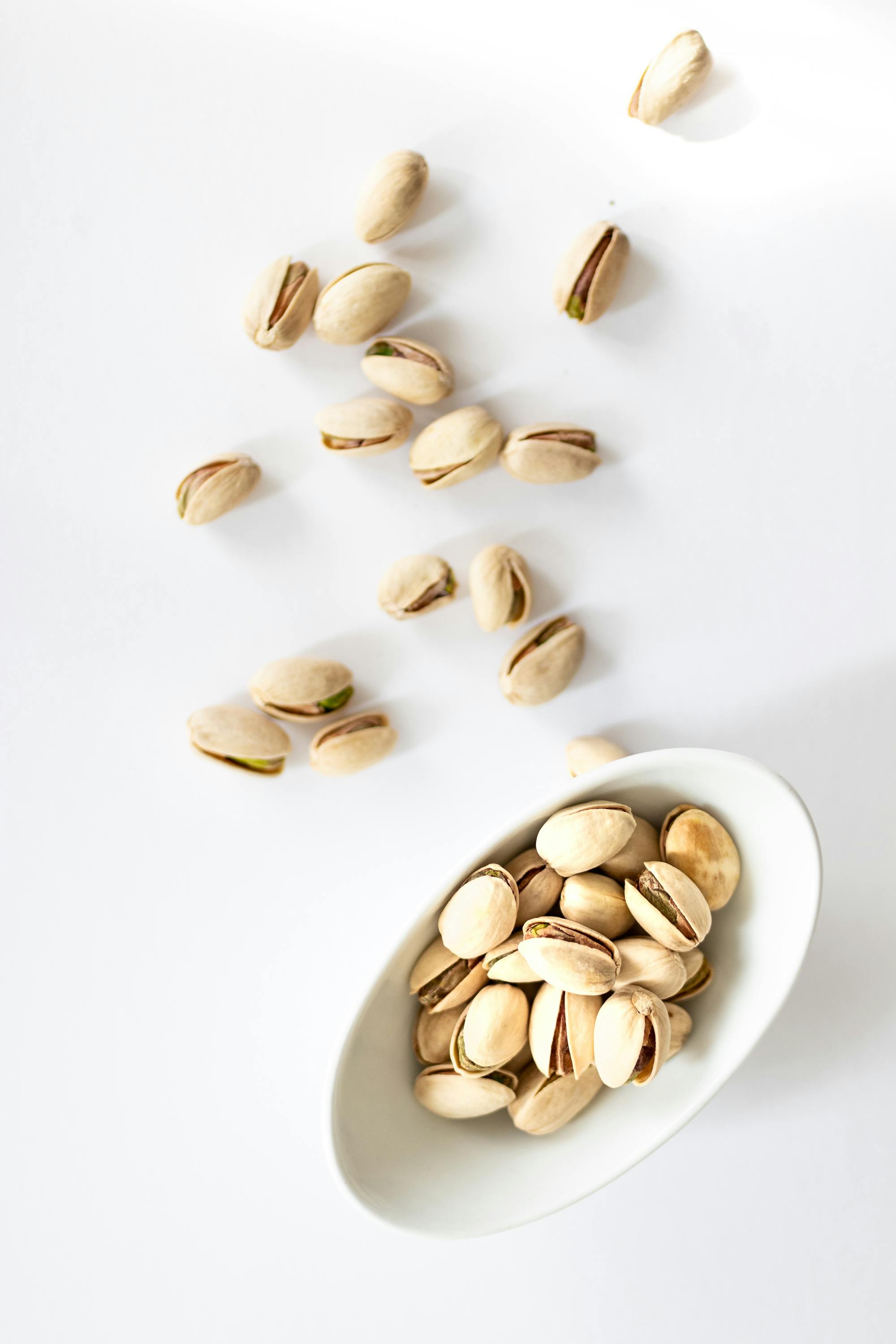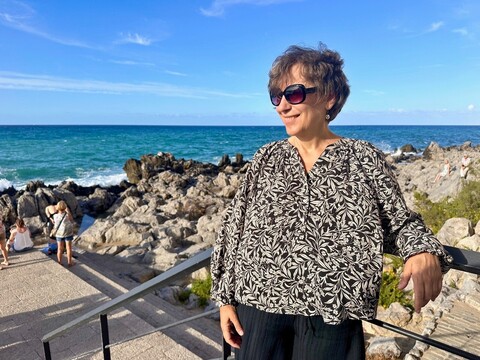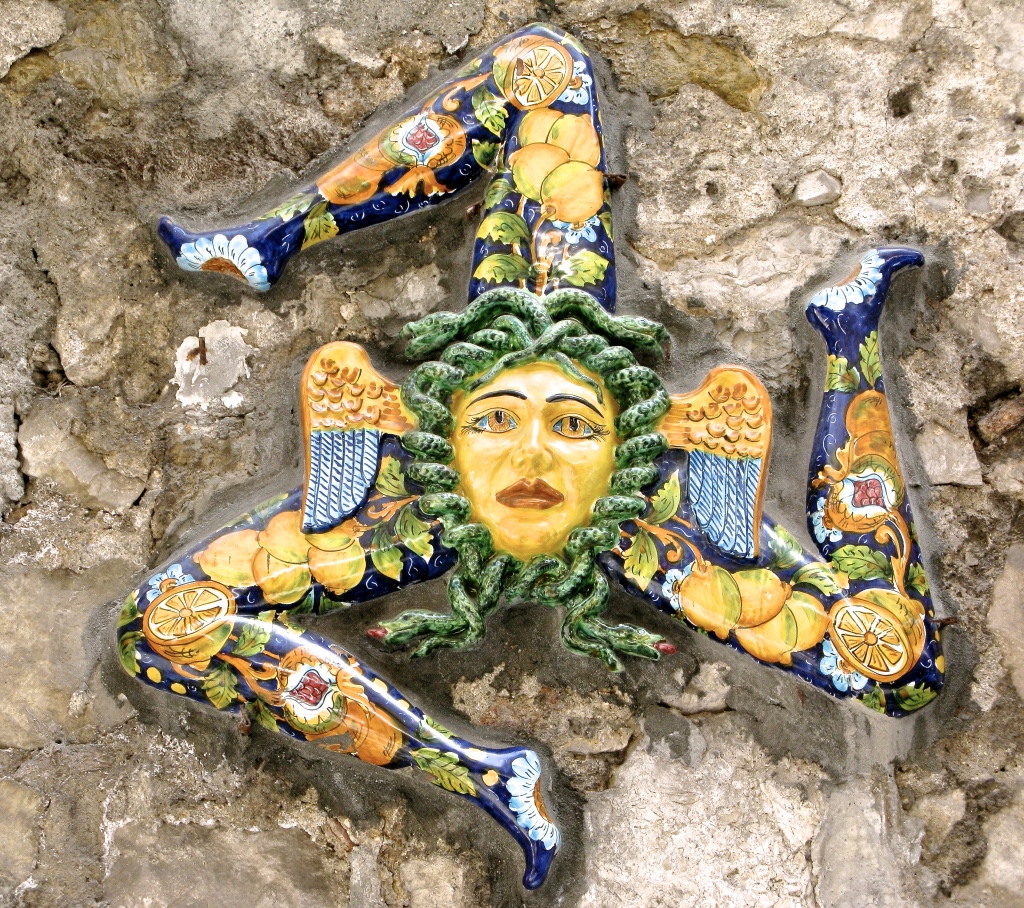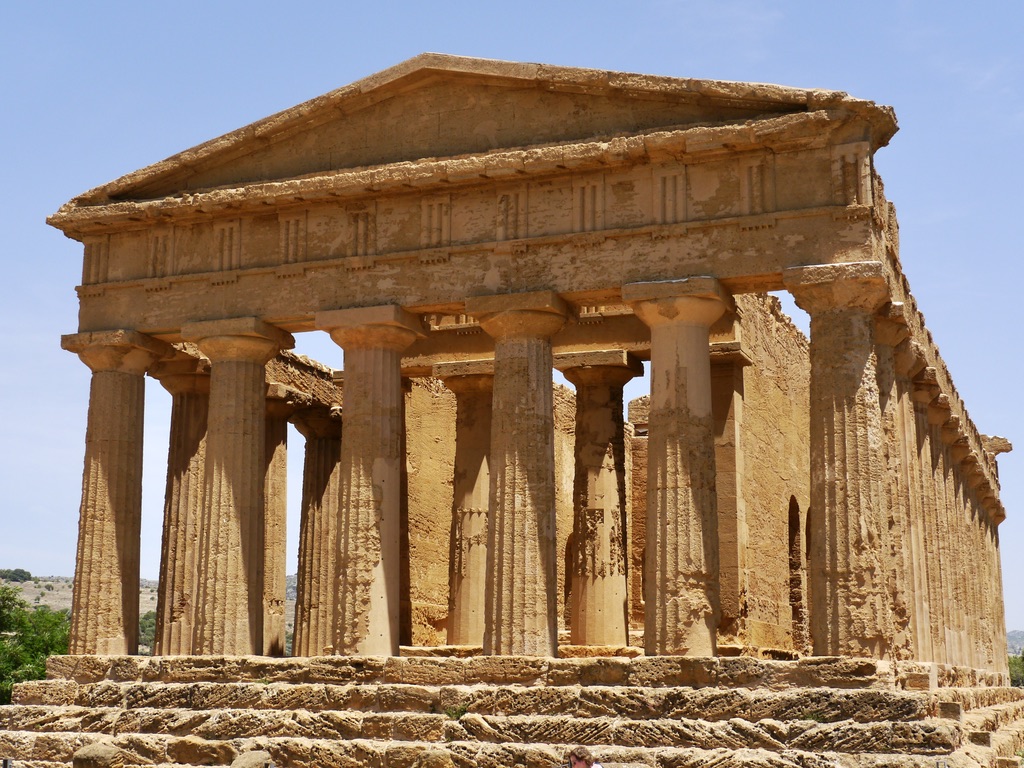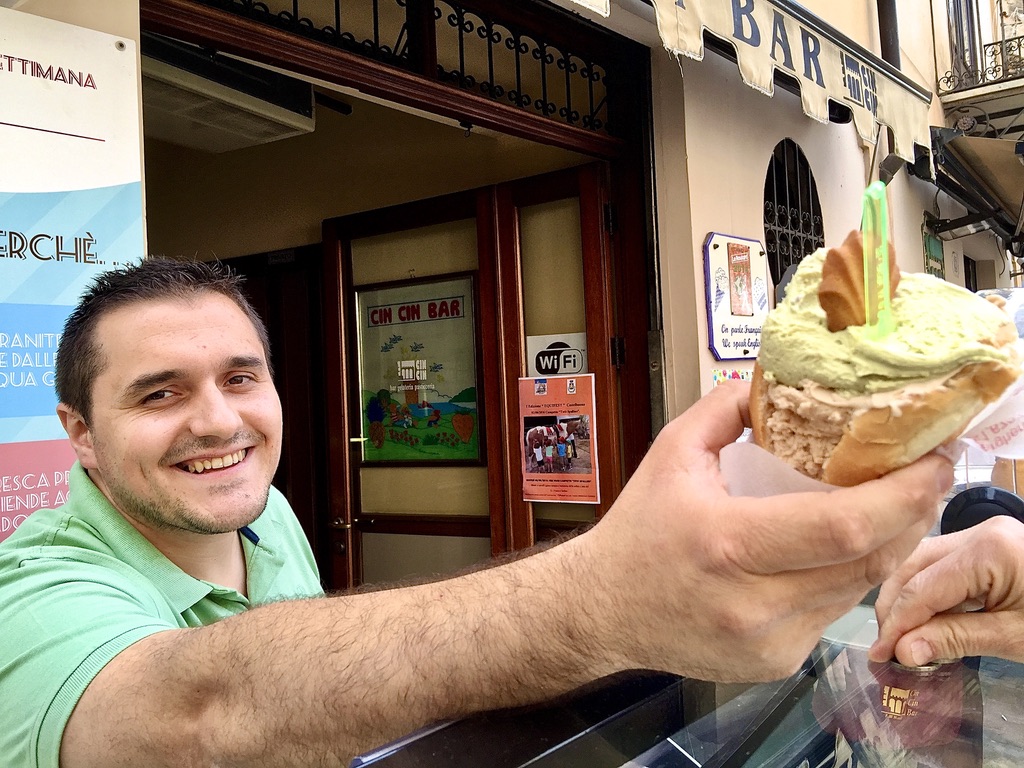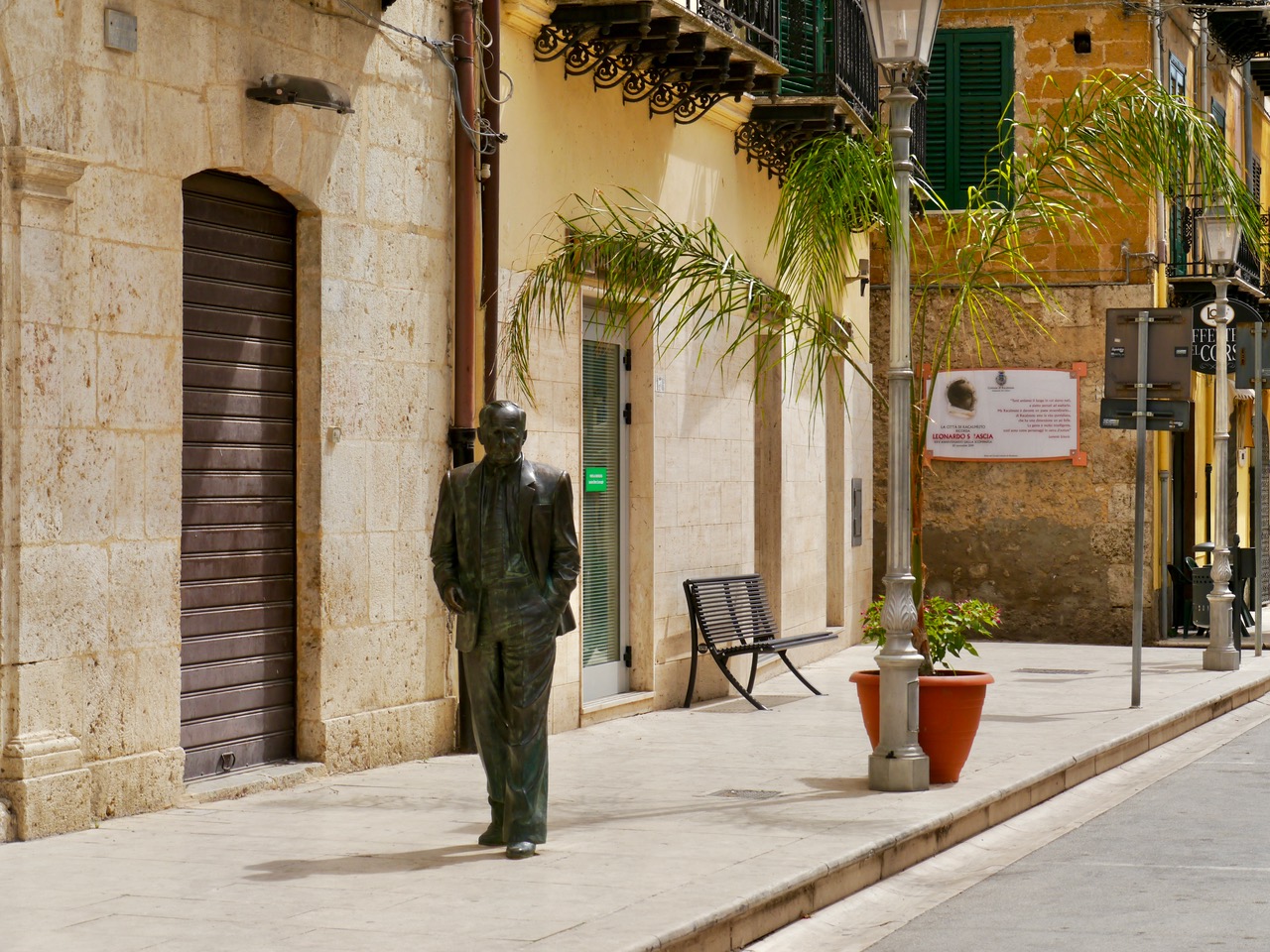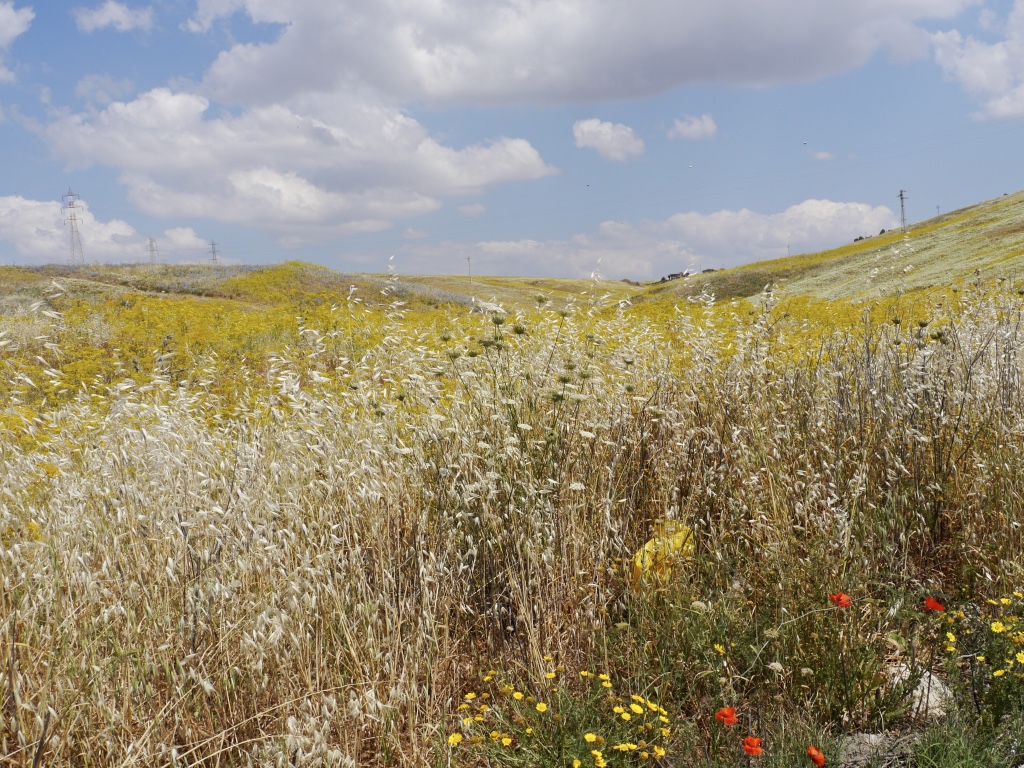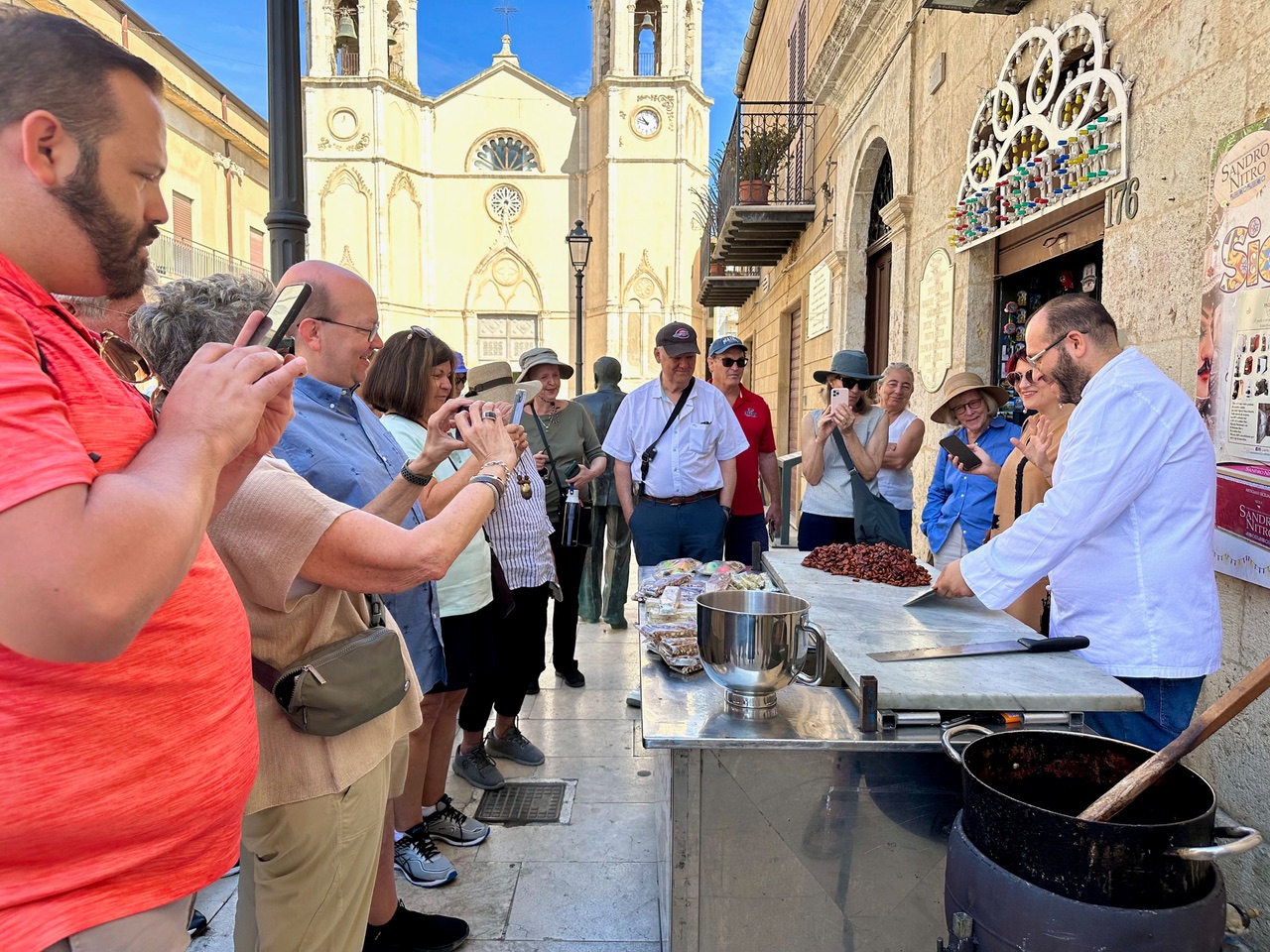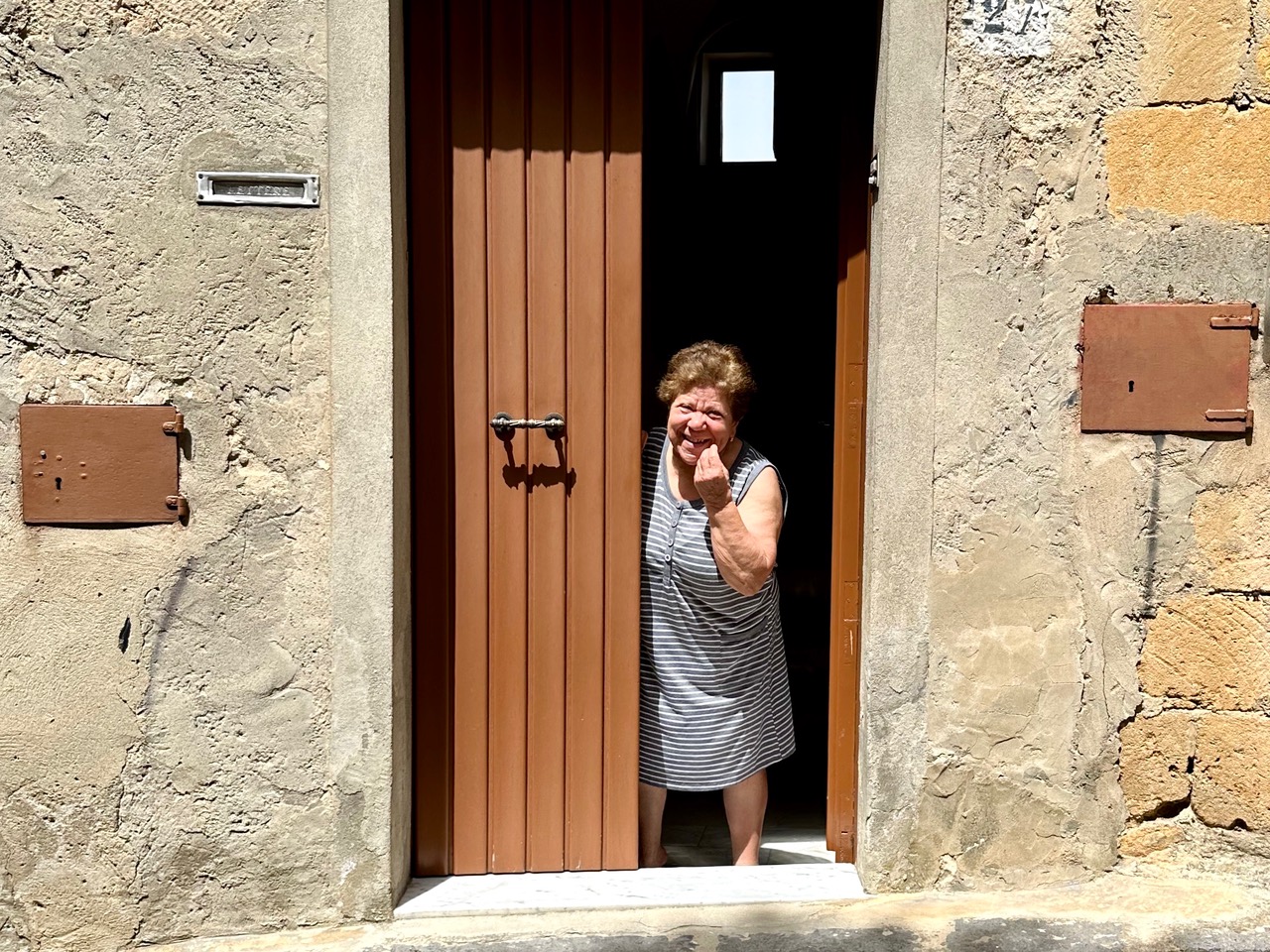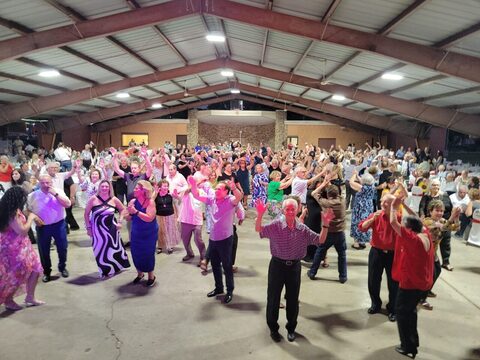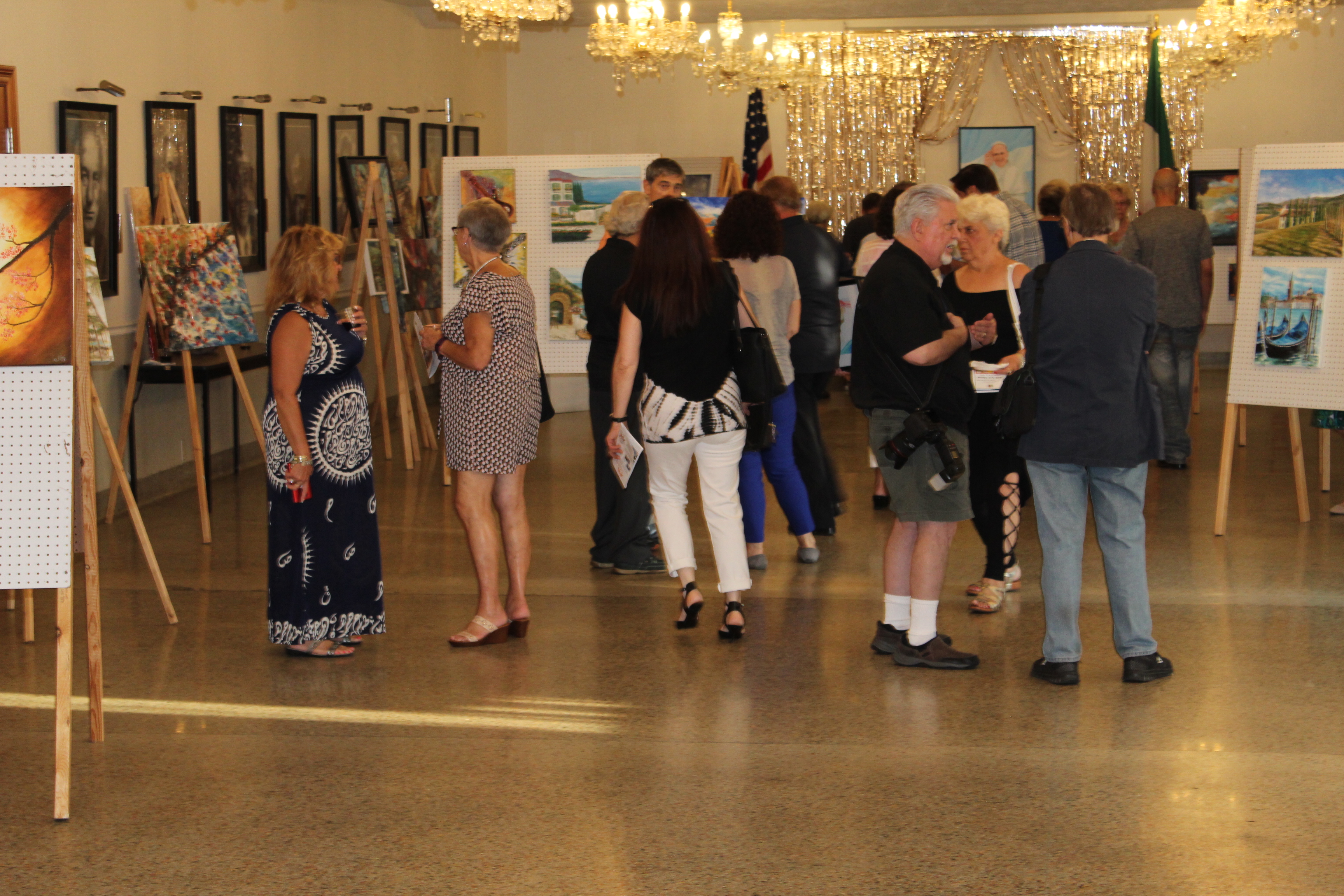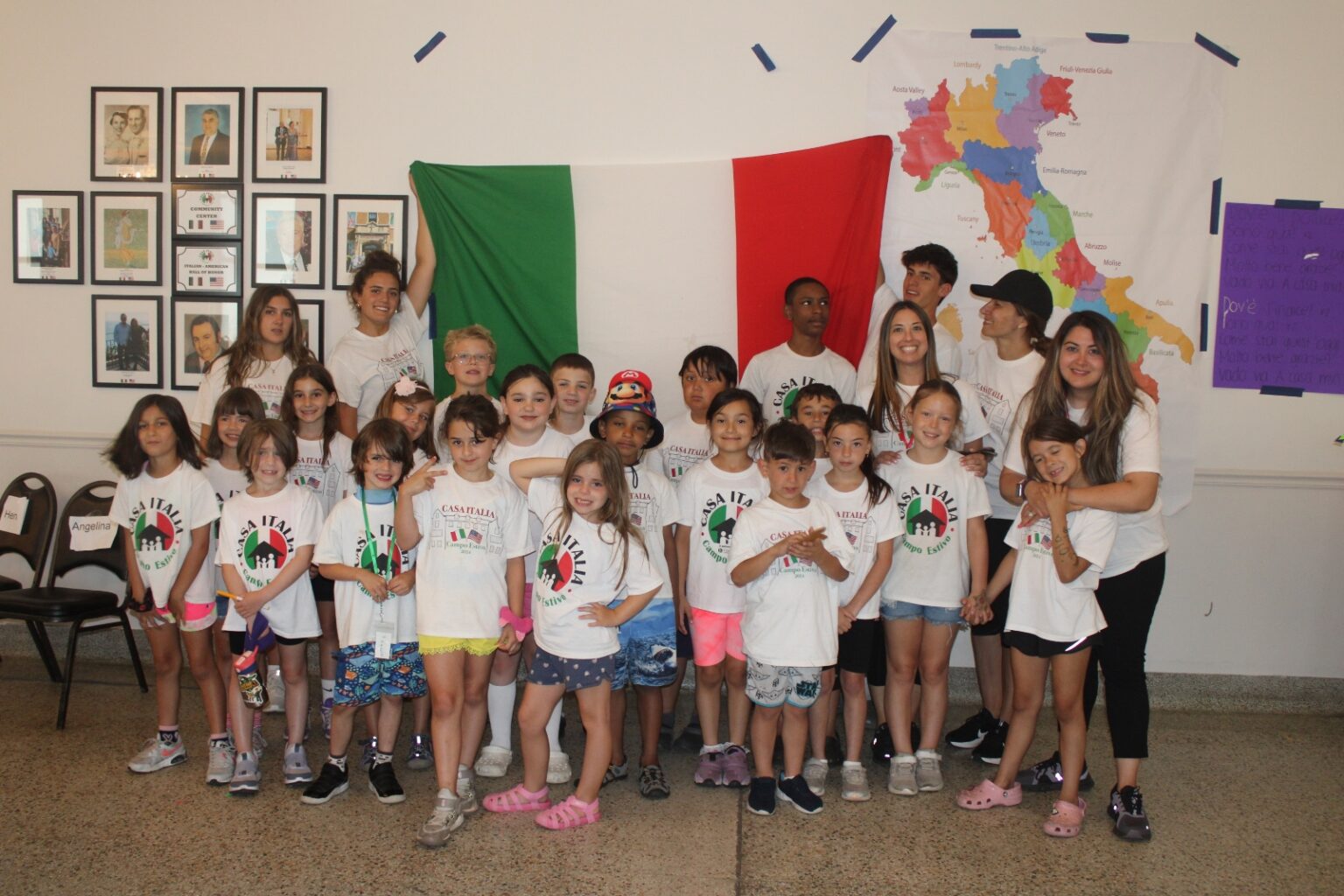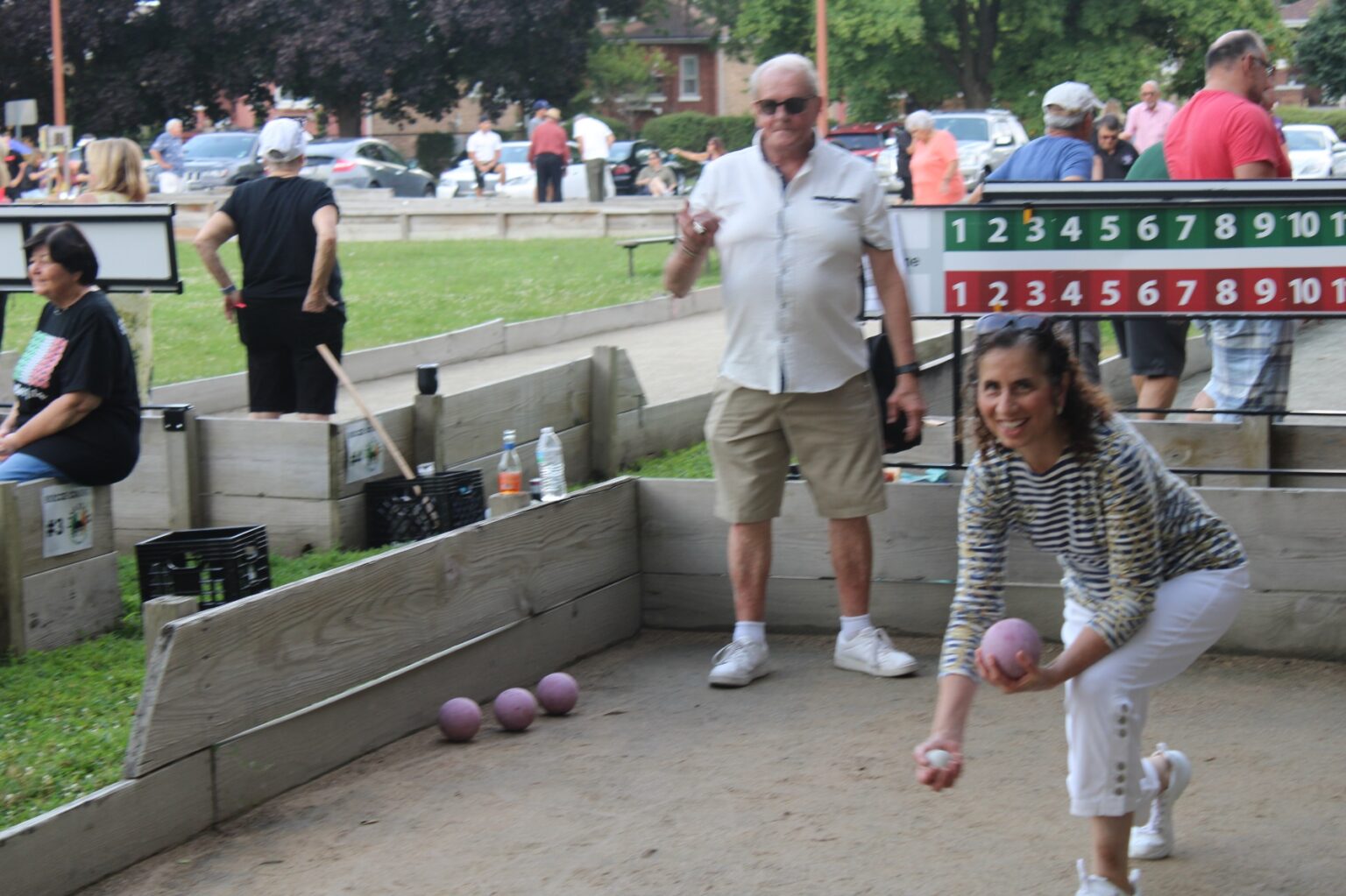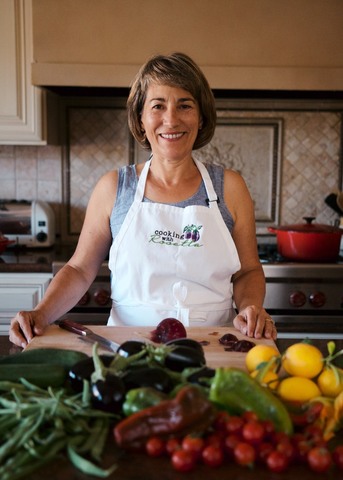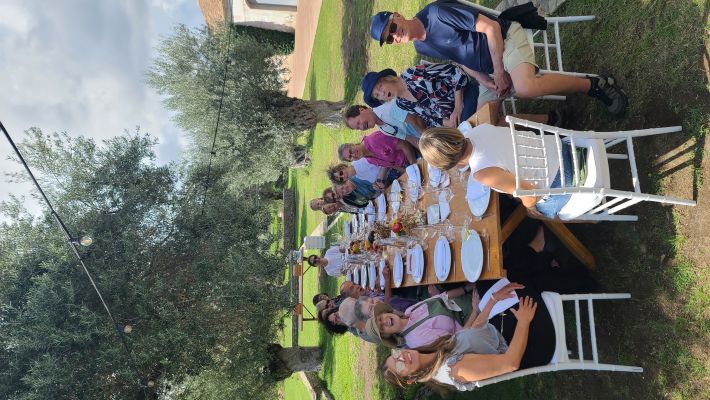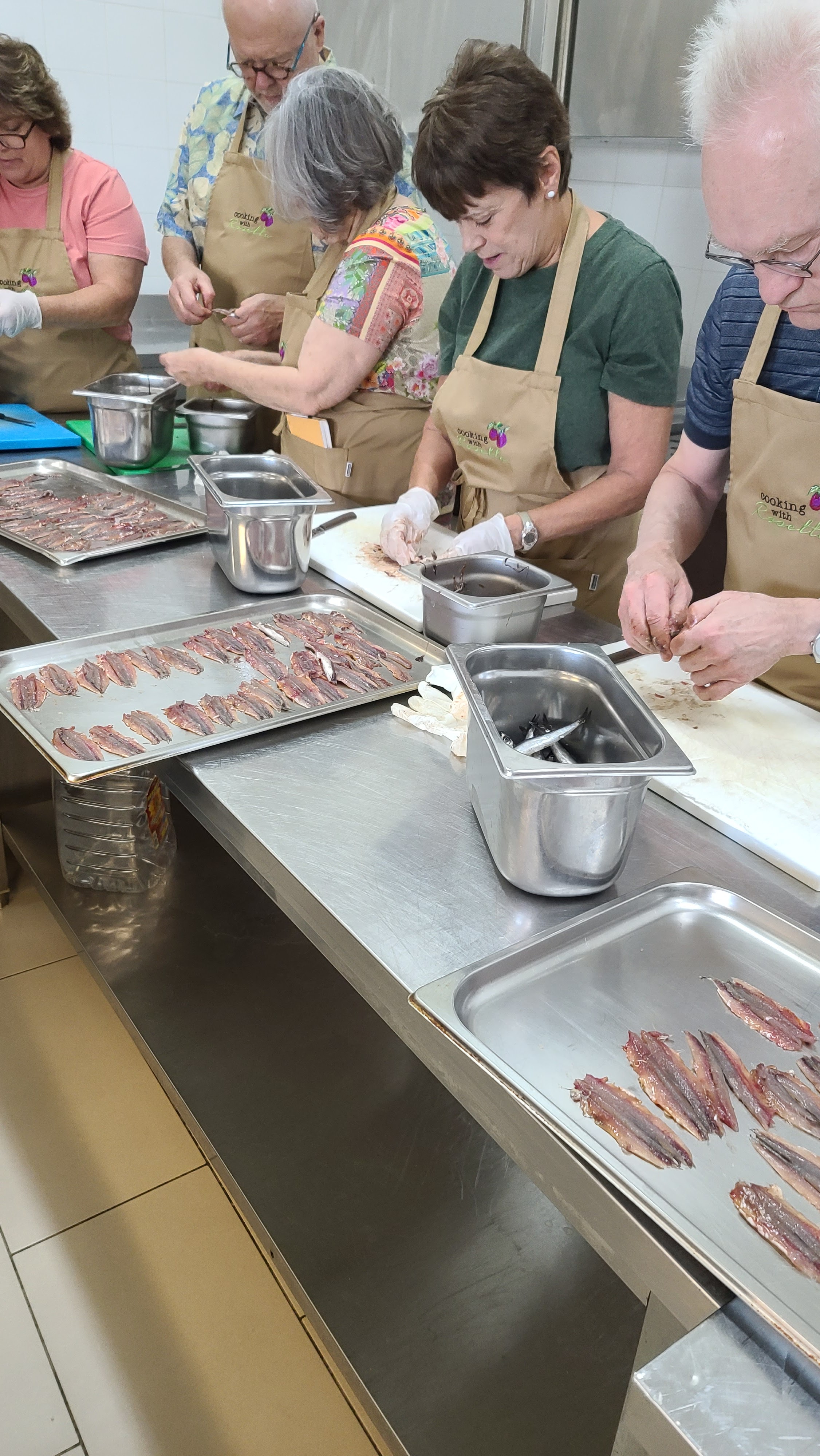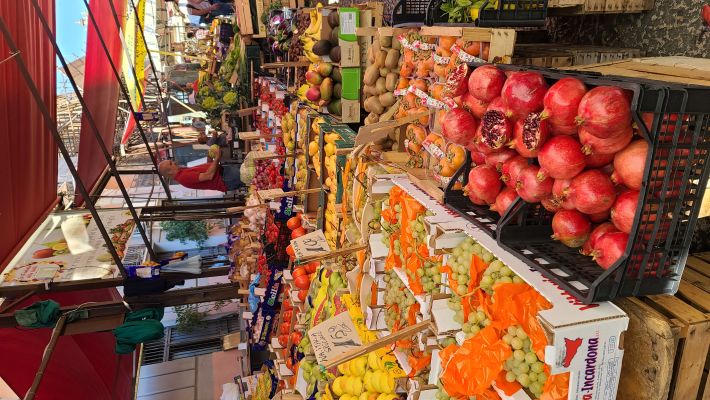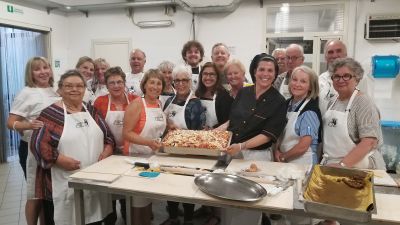How One Neon Artist’s Works Shine Beyond Expectation

When you step before a Caroline LaCava Lemon Lamp, you may simply see citrus slices. But for the neon glass artist, like most of her work, there’s so much more than meets the eye. The continuous tubes that form the shapes connect her to her Sicilian roots.
The New York-based artist’s journey began when she took a neon class at New York’s Alfred University that illuminated a whole new world of art, connecting the concept of two-dimensional line drawing to three-dimensional displays. It was a way to stretch beyond the traditional, leading to some of her edgier pieces that pay homage to the feminine body and lean into optical illusions.
“I was drawn to the lemon,” she says. “And I knew it was important to me just based on the foods that I have grown up eating at the Feast of the Seven Fishes and stuff like that. So much of it is citrus-based.”
Three of Caroline’s paternal great-grandparents came from Filicudi in Sicily’s Aeolian archipelago, and one emigrated from Calabria. That Calabrian great-grandfather worked as a glass engraver, something Caroline wasn’t fully aware of until she began glasswork herself.
One day, while taking a course at Washington’s Pilchuck Glass School following her studies at Alfred, she was asked to create a piece revolving around her heritage.
“I thought, ‘This is just getting crazy at this point,’ because how did I just end up in a class for glass engraving that’s also supposed to be inspired by your background when my great-grandfather from Italy was a glass engraver?” Caroline says.
These coincidences led her to explore her heritage more in her glass art.
Caroline shared more about her work, inspiration, influences, and what she hopes viewers take away.
What drew you to the world of art?
The fact that my parents are creatives definitely played a role. They’ve always heavily encouraged my art career.
My dad is primarily a musician. He went to music school but ended up just dropping out. He worked for a company and also is a clam digger. He’s lived 20 lives, but playing music is what he does every day.
My mother is a studio art teacher and 2D artist. She teaches dark room and studio art. She also does printmaking, photography, and painting outside of work. She dropped out of art school to raise my brother and me, then returned to finish while I was in high school, which was cool to experience with her.
My earliest memory of creating is my earliest memory ever. Creativity was the solution to everything during my upbringing. I went through so many battles in my head when choosing art as a career. You always end up circling back to the things you want to do as a kid. I was always passionate about so many forms of art, but being able to keep to myself and be in my own world really drew me to visual arts, especially when I was young and angsty.
I had all these careers in mind that were forced upon me in high school just to be “realistic” in the arts. Like, “I could get into art therapy or be a teacher,” and all these backup plans. Eventually, I came to the conclusion that I just wanted to be an artist.

Caroline LaCava’s Lemon Lamp series reflects her Sicilian heritage.

How did you transition from hot shop glass blowing to neon?
At the school I went to—Alfred University—you have to take a hot shop course before getting into neon. Not that one’s particularly harder than the other. I think it is just because the electricity side of neon is a bit more dangerous. So that’s why they try to get you in the hot shop first before you do neon.
It was very much a last-minute decision for me to take Intro to Glass. I’m pretty sure I chose it because my friends were in it, and I wanted to try something different and challenge my sculptural abilities.
Before taking any class like that, it was hard to visualize how to make glass into art. That’s why I was initially not that interested. I was just picturing cups and goblets in my head.
The same goes for neon. I was like, “How do you even turn flat signs into something that could be considered art?” All I could imagine were “Open” signs, which certainly didn’t interest me.
I ended up really just falling in love with the invigorating process. The second I was able to take a proper gather from the furnace, it clicked, and I said, “I’ve got to keep going.”
I took that class in the spring of 2017. When I came home for the summer, I decided to do a studio internship at Urban Glass in Brooklyn. I went there once or twice a week, and they let me take a neon class for free.
I had made something sculptural in the class, and once I started lighting things up, I was like, “This is no boring sign!”
Now, I have a strong production signage background. I’ve worked on plenty of signs, which I think are very cool. But as far as my own artwork goes, once I was able to make something sculptural and a little bit unconventional and realized how you could really push the boundaries of this medium, I said, “There’s no stopping now!”

Each of Caroline LaCava’s works consists of a single continuous tube.

How does neon allow you to express your creativity differently from hot-shop glass-blowing?
I’ve always been interested in very linear drawings in general. This is why I am mainly intrigued with the medium, even when it comes to traditional signage.
Neon always appealed to me just a little bit more because it was just a great way for me to mesh my interest in 2D and my interest in 3D, and considering so much of my drawings were so line-based, it just seemed natural for me to take the next step to unravel those drawings and make into a sculptural lamp with one continuous tube.
You have to look closely at a traditional neon sign to be able to tell that it’s one continuous tube because we block out so many parts with paint. But I always say that approaching the making of a neon sign is very similar to how you would do a contour line drawing, as far as the mental gymnastics of it all goes.
Similar to how you would try to draw an image without picking your pen up off the paper, you approach a glass-bending layout in a similar manner. You’re trying to figure out how to make that image or word with a continuous tube of glass. Unlike in signage, I don’t block out certain parts of my neon sculptures with paint. You’re seeing the whole tube all the way through.
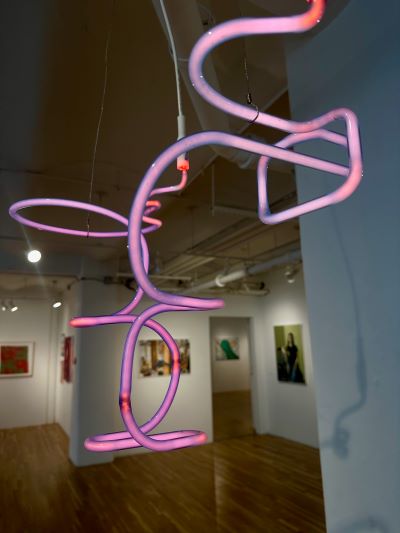
There’s more than initially meets the eye with Caroline LaCava’s Cunt Chandelier.

Tell us about your use of optical illusions.
My interests in illusions and double image began when I was in high school. I looked at famous artists like Salvador Dali, and I used to make double-image drawings.
The first time I did some sort of optical illusion in neon was with the Cunt Chandelier, and that was in college. It felt like a self-portrait to me. I knew I’d be evolving this piece even after college, but I never would have guessed that I’d apply that same process to other forms of imagery.
I was inspired by how I’ve navigated the world and how people approach me in life. How people make judgments at first glance. Even when the latest Cunt Chandelier went viral over the summer, so many comments said they were confused or unimpressed at first glance until it hit them.
I realized that’s how people have approached me in life. They look at me, especially in the glass industry, and underestimate me. Or even when people take advantage of my initial kindness and quickly realize I’m not going to put up with that. There are so many stories I could tell with this piece and so many situations in life that can be applied.
I was trying to channel my personality into it in general, having a soft and harsh aspect to the piece. It’s something that appears graceful or delicate at first, and then you look in the mirror and are confronted with this harsh word. And you’re forced to look at yourself in the mirror. The Cunt Chandelier is how I check people. It’s an “expect the unexpected” sort of thing. I think many women can relate to all this.
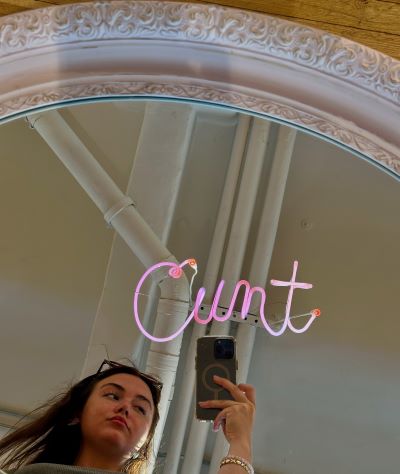

Caroline LaCava reveals the hidden message reflected below the Cunt Chandelier.
What do you hope viewers take away?
I would hope that people view my lights as conceptual works of art rather than “just a lamp.” I think with neon being newly considered an art medium, I used to worry some people might not see what I see. Thankfully, a lot of people do. Then there are others who think I should have sold 10,000 cunts for $50 a pop, and they just miss the point completely. That’s part of the fun, though. People get to know me, and I get to know them.
I hope some sort of storytelling does come across when people look at a piece like the Cunt Chandelier. The whole unraveling of the image and not being able to see it quite clearly at first holds meaning to me. So, I’d like that to translate to the viewer as well.
If you enjoyed this article, consider subscribing to my newsletter for more content and updates!
